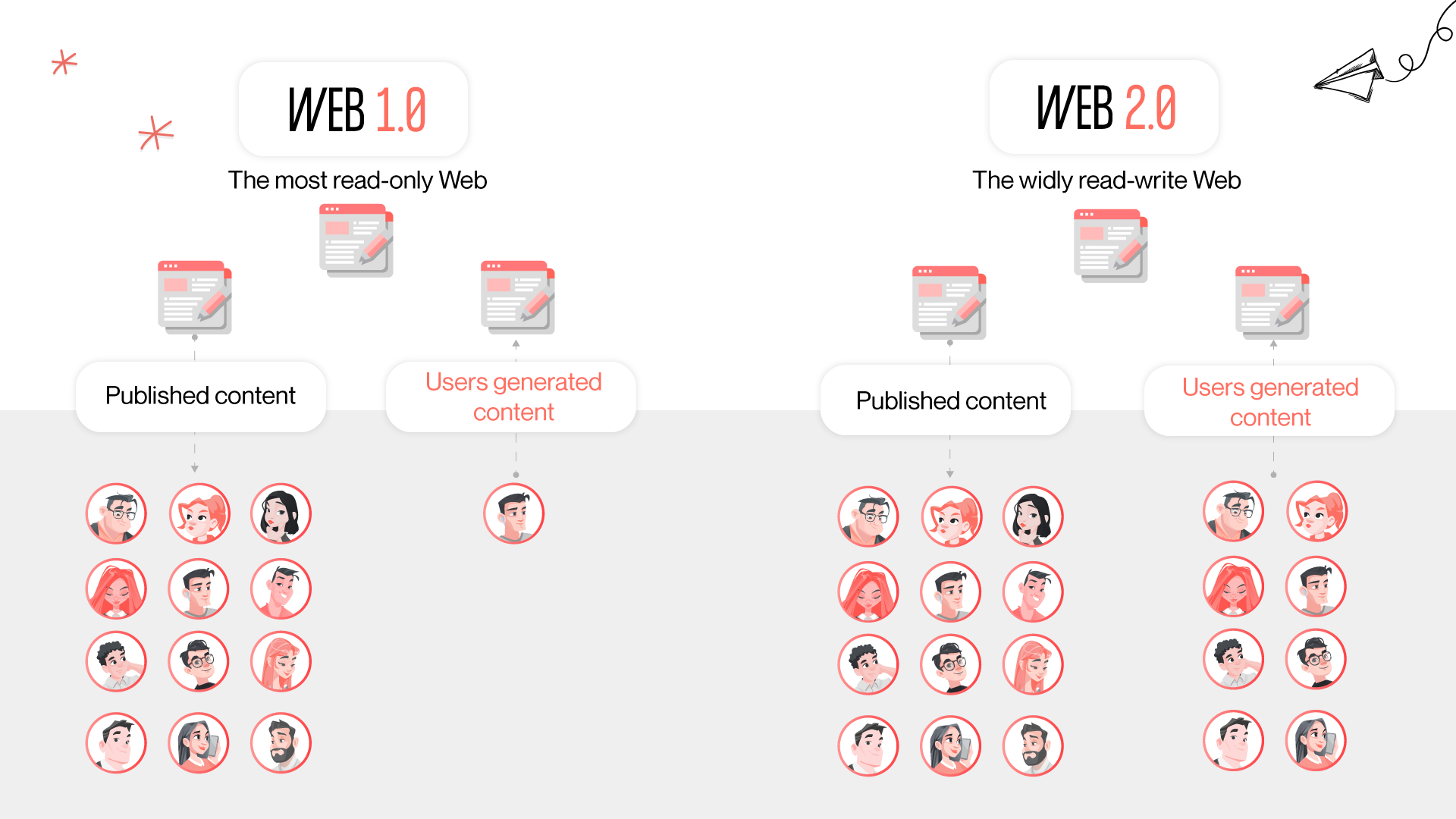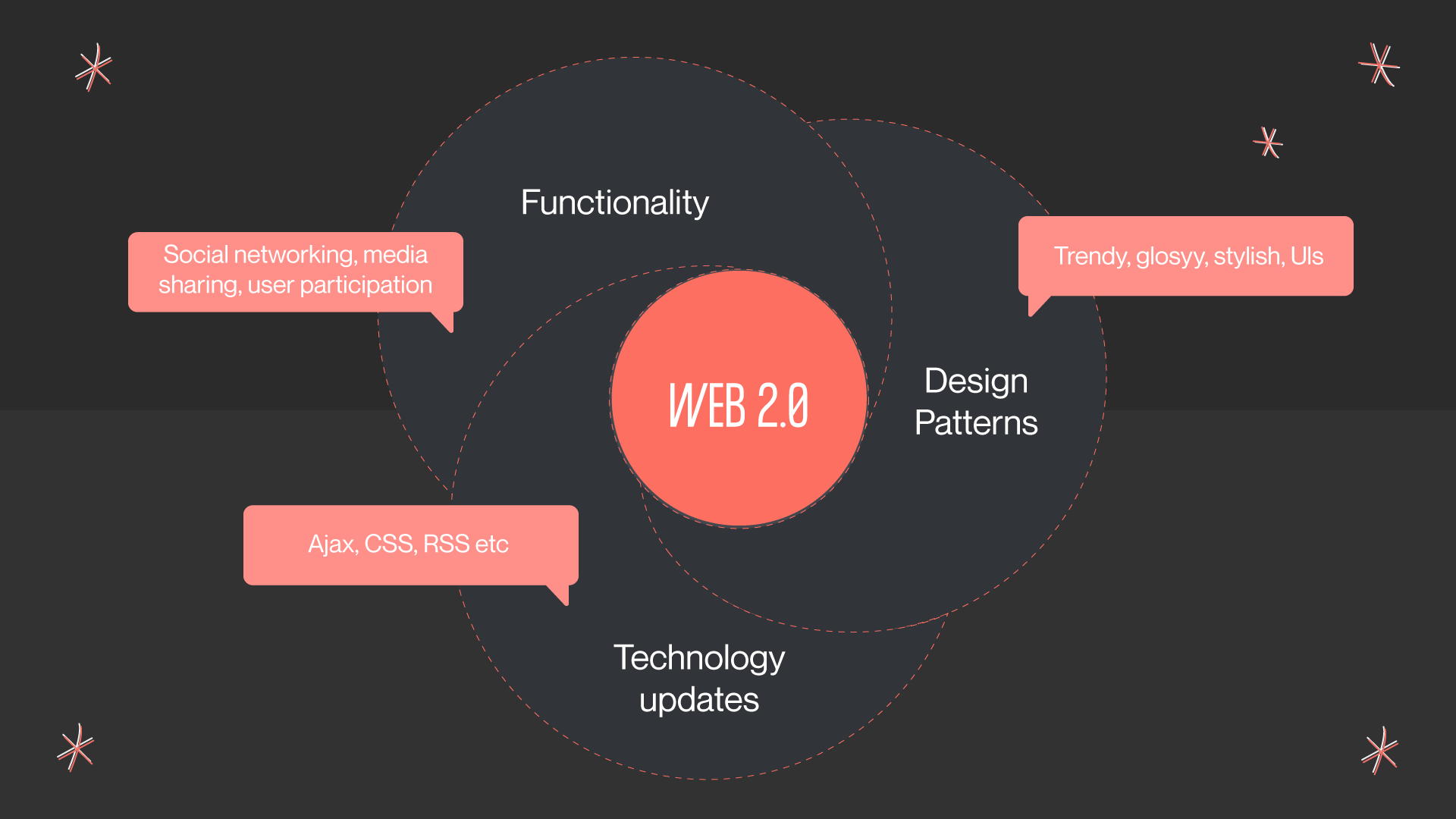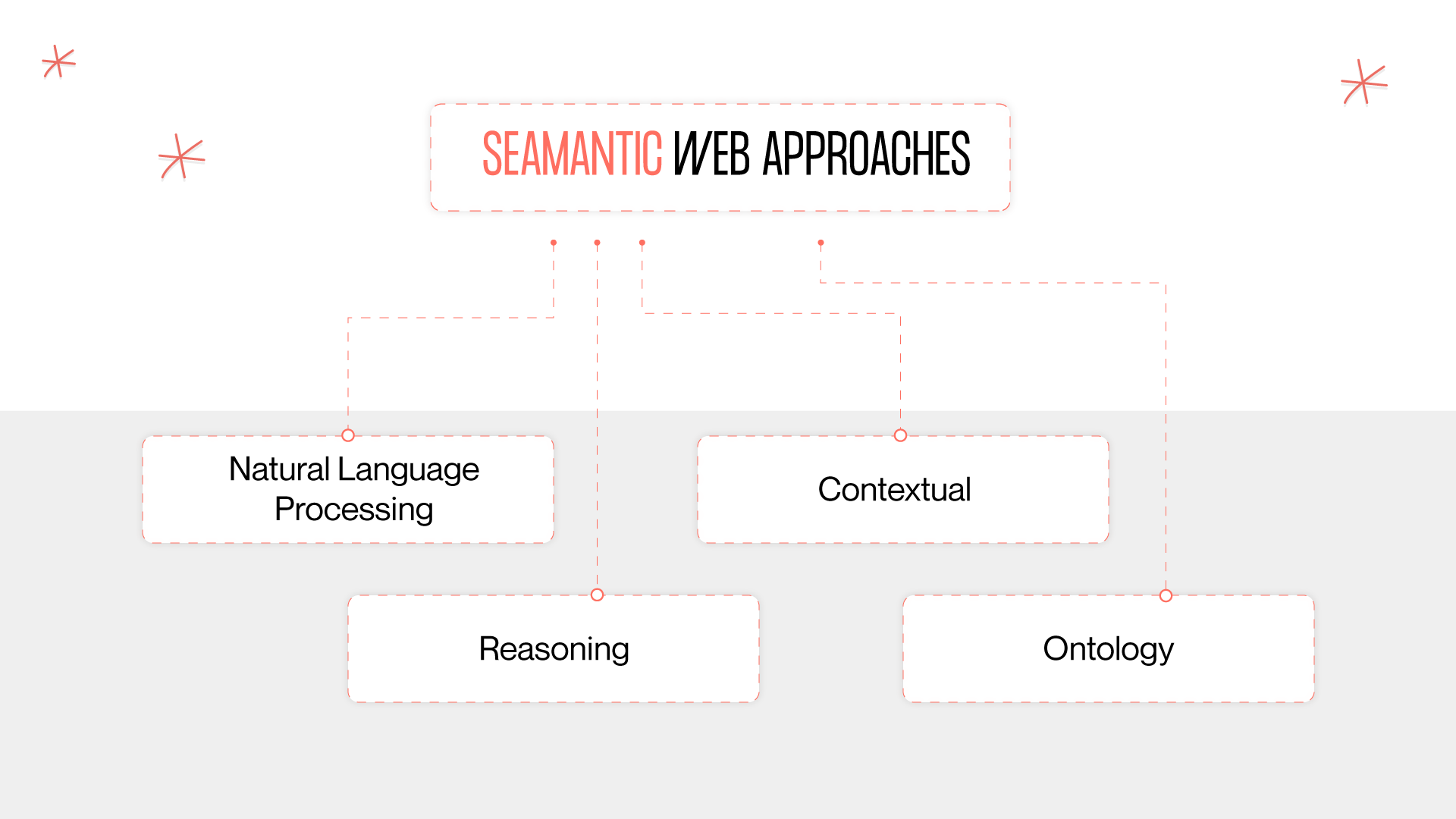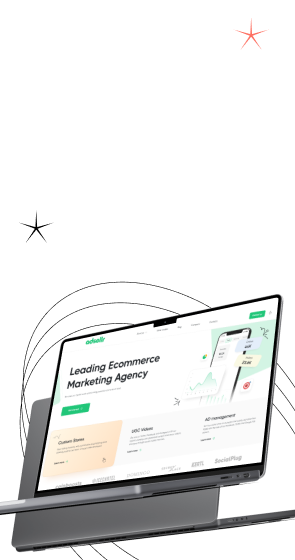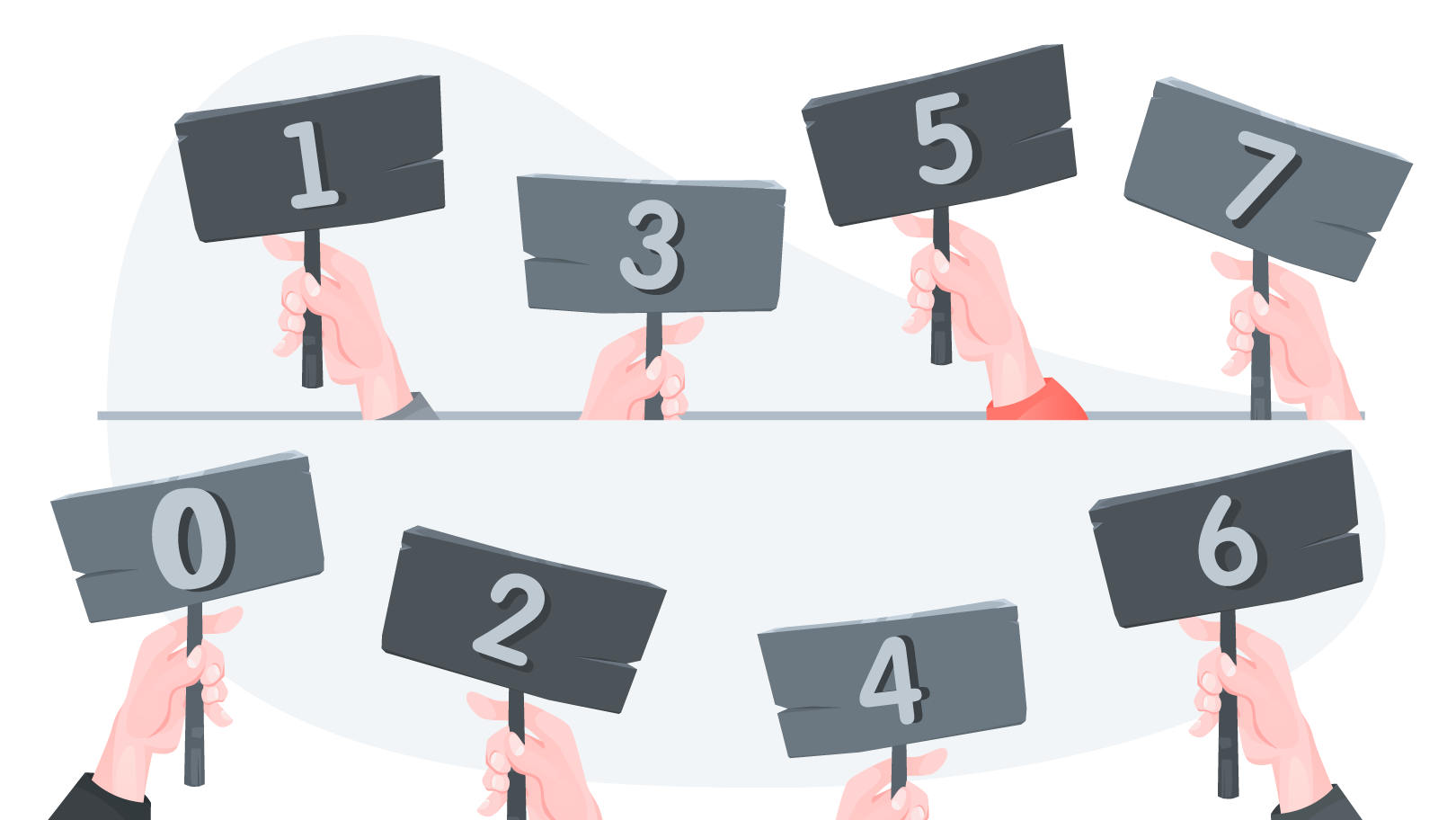We are now at the turning point of the Internet revolution, the so-called Web 3.0. Just imagine a new type of internet that understands what you type in a search engine and what you ask for it, whether text, voice, or otherwise, in which all the content you consume is more tailored to you than ever.
There are quite a few clearly defined frameworks representing what Web 3.0 is. Therefore, in this article, we would like to open the curtain and introduce you a little closer to a new stage in the era of Internet web design 3.0; what will it look like, and how will it change our lives?


